

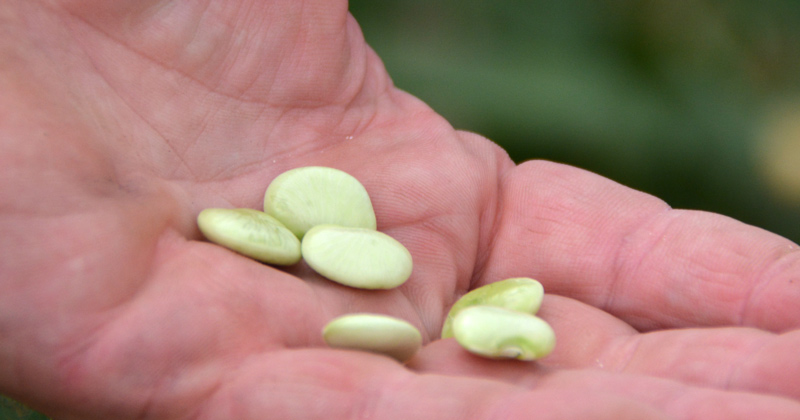
Feeling the heat
Photos by Michele Walfred August 24, 2022
Researchers identify heat-tolerant crops and test mitigation techniques to help vegetable production
Broccoli is a fighter. Cauliflower is an endurance champion. The scrappy lima bean finds a way to prevail. When you see perfect produce lined up at the supermarket, do you think about what it takes for it to get there? Heat stress, excessive rainfall and poor soil conditions can threaten marketable produce at every turn. Now, researchers from the University of Delaware College of Agriculture and Natural Resources are working to find the most heat-tolerant vegetable varieties while testing solutions to mitigate stressors in the field and extend the growing season.
“With some crops, we’re having problems producing them in the season when we would have typically produced them,” said Emmalea Ernest, a scientist and expert in UD’s Cooperative Extension vegetable and fruit program. “As we are already experiencing warmer temperatures during the growing season, we are seeing yield and quality loss from heat stress. It is not a future problem. It’s a present problem.”
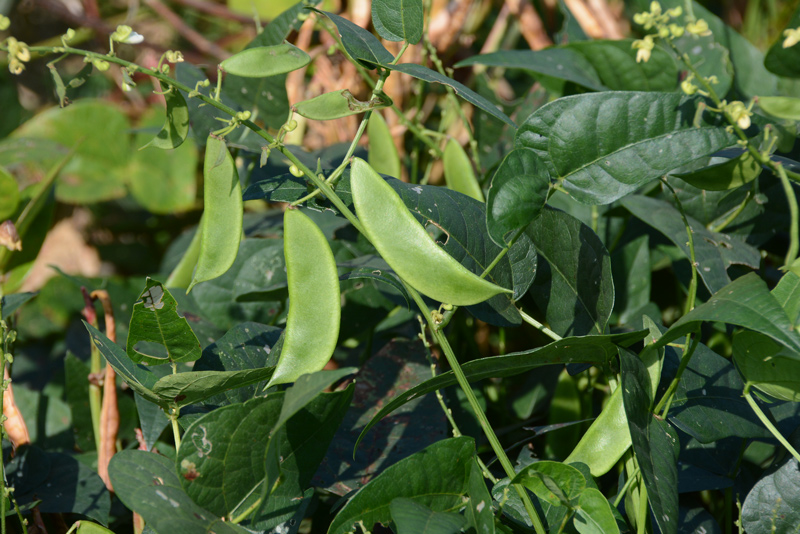
Starting with vegetable crops that often see the most yield loss and quality loss in the region, Ernest and Cooperative Extension Specialist Gordon Johnson conduct variety trials of lima bean, tomato, watermelon, green bean, lettuce, broccoli, cauliflower and more. They identify varieties that yield well and maintain good quality under heat stress and then recommend those varieties to producers across the region through UD Extension’s Weekly Crop Update newsletter, trade publications and grower meetings.
One of the biggest benefits to understanding heat stress adaptation and mitigation in these key crops is the reduction of risk to farmers. Planting heat-tolerant crops decreases the likelihood of crop loss — and therefore income loss — in the case of an extreme weather event. “One of the reasons we have focused on heat-tolerant varieties is because it is one of the easiest technologies to implement to adapt to climate change or high temperatures,” says Ernest. “You just plant a different variety.”
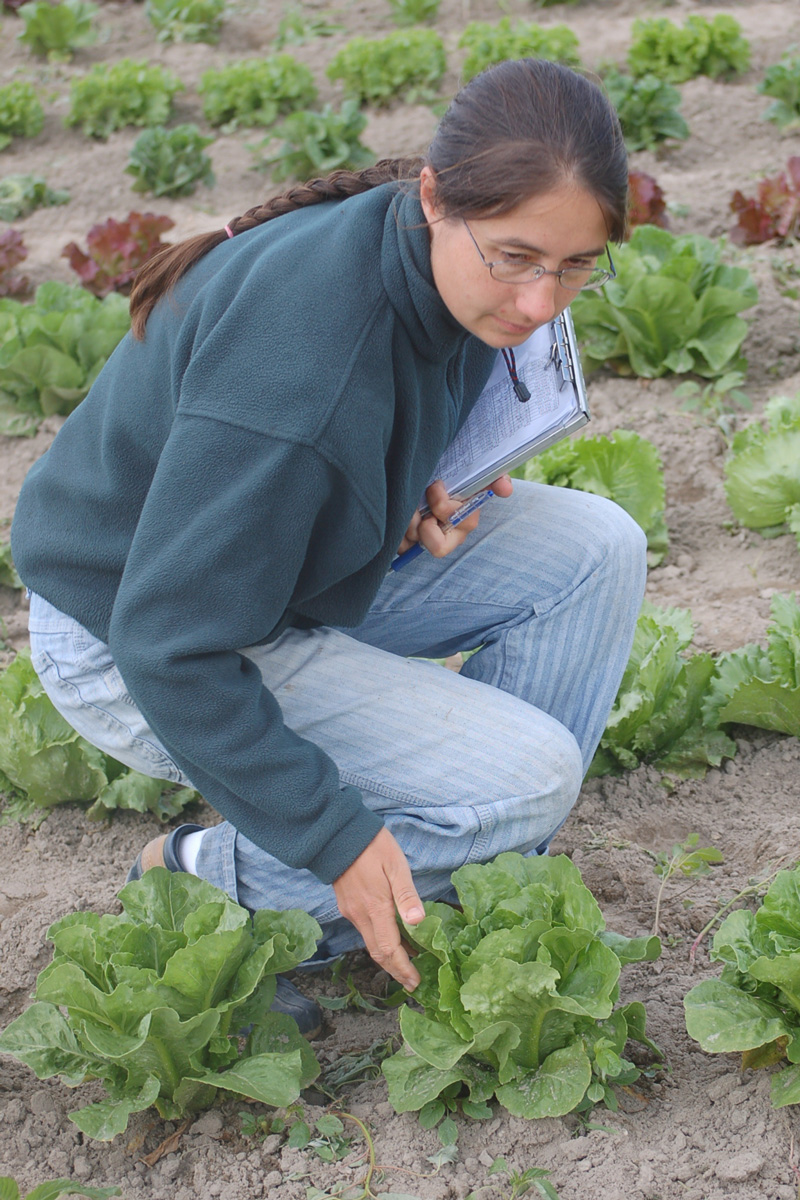
There are also benefits to consumers, particularly those that prefer to buy local. In Delaware, cauliflower has been historically difficult to grow each fall but, due to increased consumer demand, growers are continually interested in producing more. Some newer varieties identified by Ernest, Johnson, and their regional colleagues make it possible for growers to be successful with the crop, giving consumers access to locally grown cauliflower for a longer period of time each year.
While she works with a wide range of crops, much of Ernest’s research is focused on lima beans because of their importance to Delaware agriculture. Lima beans are the most widely planted vegetable crop in Delaware, accounting for some 14,000 acres of plantings across the state.
In an effort to understand lima bean physiology under heat stress and determine when the plants are most susceptible, Ernest compares greenhouse and field trials at UD’s Carvel Research and Education Center in Georgetown, Delaware. In the greenhouse, she monitors one chamber with high temperatures — for lima beans, this means nighttime temperatures above 70 degrees — and another chamber with lower, more ideal temperatures. Looking for interactions between the genetic makeup of each plant and its response to heat, Ernest records the amount of pollen shed, pollen viability, yield and plant biomass.
Her findings indicate that while high heat does not necessarily impact the lima bean’s plant growth rates, it does interfere with the reproductive phase. When overnight temperatures are too high, pollen development and release are impacted, stifling seed development. “Based on multiple years of field trials and yield trials, compared with weather data and my greenhouse studies, I was able to establish that the early flowering period is the most impactful in terms of heat stress causing yield loss,” Ernest said. Knowing the stage at which the beans are most susceptible to heat is critical to Ernest’s lima bean breeding program and efforts to breed more heat-tolerant strains.
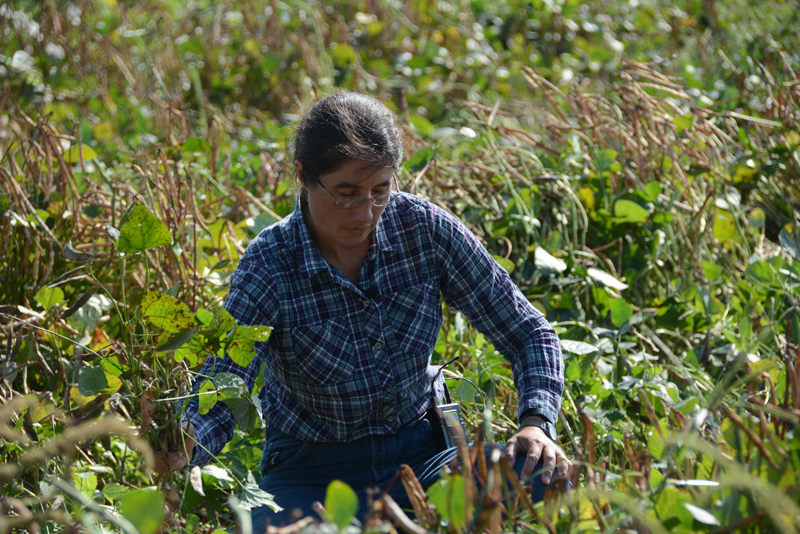
As they continue to focus on identifying heat-tolerant crop varieties, Ernest and Johnson are also testing heat mitigation efforts that can be applied in the field. Shade cloth is a reusable fabric that works by reducing the amount of light hitting the plant. Frequently used in the tropics, it is now being tested locally to explore its potential to decrease heat stress when placed on high tunnels or directly above or around crops. Ernest has found significant success using shade cloth for lettuce and bell peppers where recent trials show that the cloth greatly reduces soil and air temperatures while dramatically improving yield and marketability.
Another mitigation technique is particle film and Johnson has tested its use on watermelons, peppers and tomatoes. Sprayed directly onto the crops, particle film works by reflecting the sunlight as it hits the plants. It has been shown to be beneficial, especially in orchard crops where it exhibits some pest and disease control benefits, but is not as effective as shade cloth in reducing heat in some cases. One drawback to particle film is that it leaves behind a white film that must be washed off before the produce is marketable.
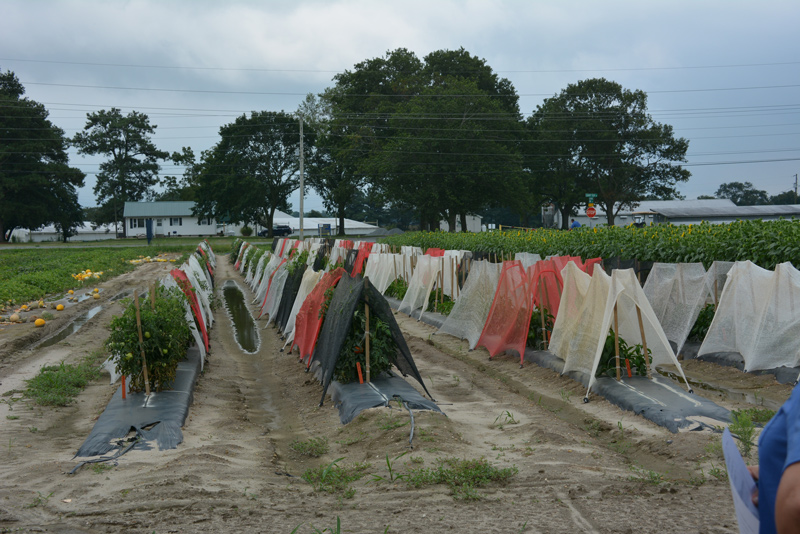
And in a new project, Ernest and Johnson will work with planned solar panel installations at Carvel and on the UD farm in Newark. The panels are specially designed to be combined with agricultural production underneath and can be oriented to provide shade or rain shelter depending on crop needs. Ernest is planning a trial with lettuce and bell peppers under the panels once installation is complete.
“When it comes to vegetables and heat stress, there is a lot of work being done around the region and across the country to understand and identify stress-tolerant varieties,” Ernest said. “Our goal is to expand the opportunity for production. Anything we can do to increase heat tolerance and plant better adapted varieties just expands our range of production climates and timelines, and ultimately provides better access to healthy produce.”
Contact Us
Have a UDaily story idea?
Contact us at ocm@udel.edu
Members of the press
Contact us at 302-831-NEWS or visit the Media Relations website

